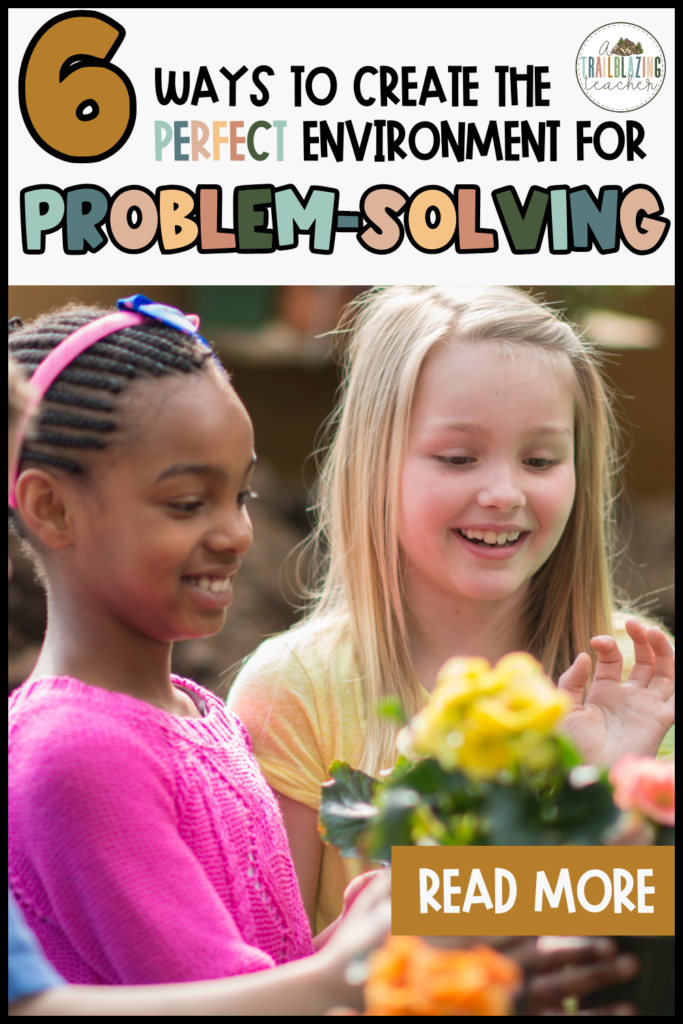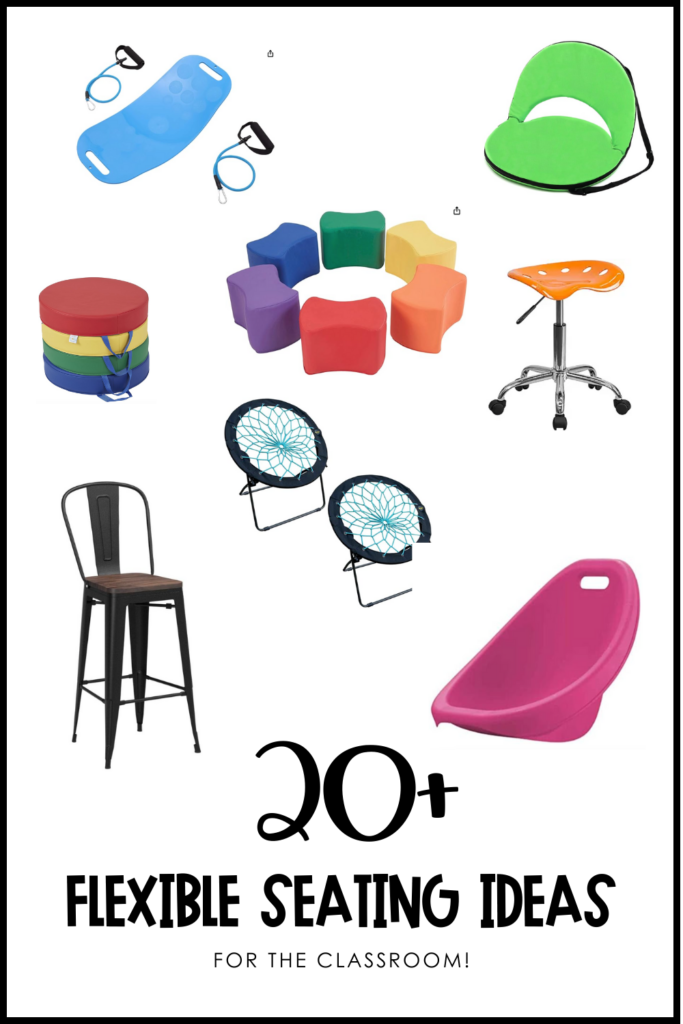
As teachers, we have the unique opportunity to create learning environments where imagination and intellect connect – encouraging our students to think boldly and innovate freely. So, how do we transform our classroom environments so that creativity and problem-solving can thrive? Here are some insights and strategies:
1. Create a Culture of Curiosity
Creativity often starts with curiosity. We want to create a classroom environment where questions are celebrated, valued, and frequent. This year I have incorporated a “Wonder Wall” where students can post what they are wondering about. At the beginning of the year, most of their questions are related to the stories and articles we read together, but as the year goes on, students start posting questions about all types of things in and out of the classroom. Periodically we check-in, research together, and share what we find!

2. Embrace the Process, Not Just the Product

In a world that often focuses on outcomes, it’s important to emphasize the importance of the learning process – celebrating the messy, non-linear process of creative thinking and problem-solving. Highlight and share examples of where ‘failure’ led to unexpected successes or discoveries to help foster a mindset that views obstacles as opportunities for growth. These “Famous Failures” Growth Mindset posters are a great way to show students that some of the most successful people have also failed over and over again. It’s okay for them to fail during the learning process!
3. Diversify Your Teaching Strategies
Just as every student brings a unique perspective to the classroom, using a variety of teaching methods can address different learning styles and stimulate creativity. From hands-on activities and group projects to technology-driven exercises and outdoor learning, varying your approach and teaching strategies can spark different types of creative thinking and problem-solving skills.
4. Create Spaces for Collaboration and Reflection
Designate areas in your classroom for teamwork and individual reflection. Collaboration spaces might feature large tables or flexible seating arrangements to facilitate group work, while quiet corners can provide a retreat for students to reflect and ideate independently. Want some ideas for flexible seating ideas that can help you create a variety of work spaces in your classroom? Check out some options here.

5. Incorporate Tools and Resources That Inspire

Whether it’s art supplies for creative expression, technology tools for digital creation, or simple manipulatives like building blocks, having a variety of resources readily available invites students to experiment and express their ideas in multiple ways. It’s about giving them the tools to translate their creative thoughts into tangible solutions. Want some ideas on tools and manipulatives to add to your classroom? Check it out here. (Bonus: These tools are also great for soft starts – learn more about soft starts here!)
6. Foster a Safe and Supportive Environment
Perhaps the most critical element in nurturing creative thinking and problem-solving is ensuring students feel safe and supported. Establishing trust, showing empathy, and valuing each student’s contributions can empower them to take risks and share their ideas without fear of judgment.
Transforming our classrooms into spaces that inspire creativity and problem-solving is about being intentional about our teaching practices and classroom environments. We want to encourage exploration, embrace diverse thinking, and celebrate the creative journey.
I’m curious—what strategies have you found effective in fostering creative thinking and problem-solving in your classroom? Share your experiences and let’s continue to inspire and support each other in this essential aspect of education.

![Google Keep Headers: organization for OT, PT, SLP These Google Keep headers are the perfect thing to transform your [never ending] TO-DO list into perfectly organized categories. Best part its designed for school-based / pedi OTs (& other related service providers). The colors coordinate with the colors that are already in Google Keep. Aesthetic & functional = an OT win. Google Keep is a great way to keep your notes on all your devices (keep in mind you DO need a google account in order](https://i.pinimg.com/236x/0d/d7/49/0dd74972ac163c3fab14f15cdd154b84.jpg)







